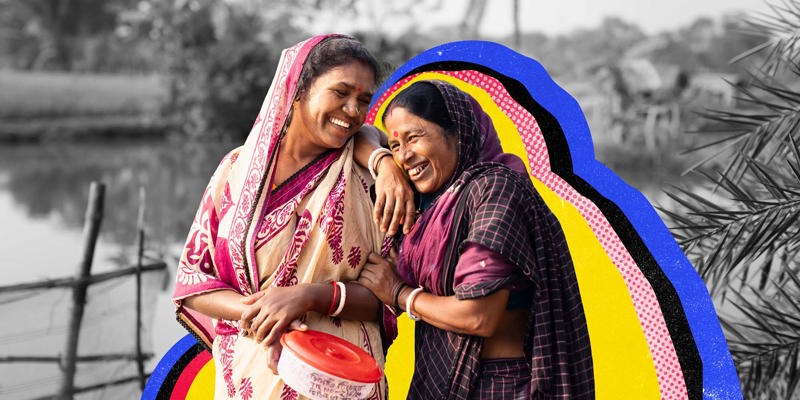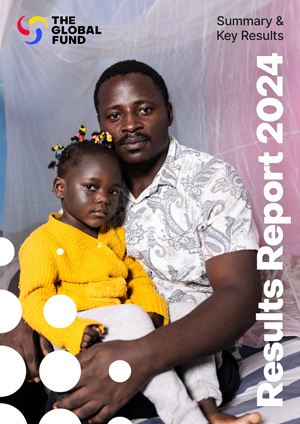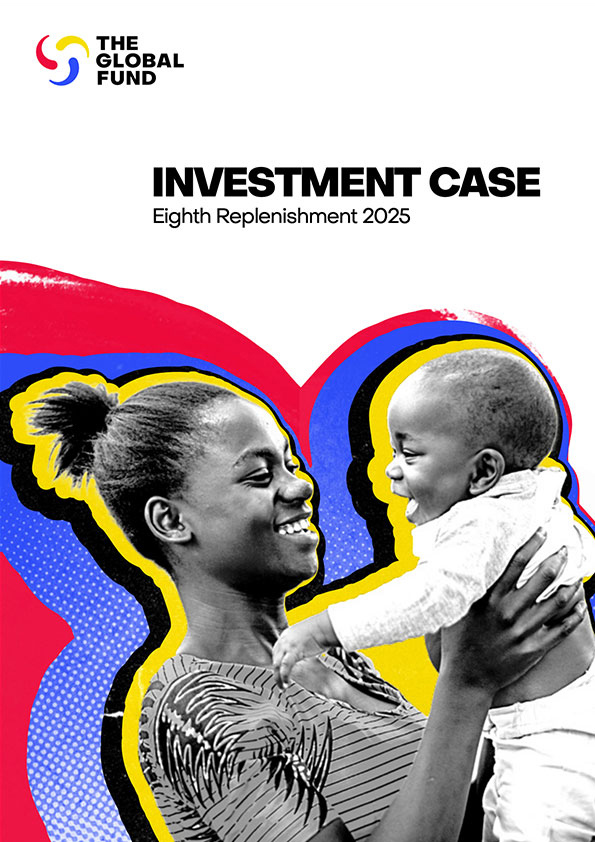Communities and Partnerships
The Global Fund invests in the fight against HIV, tuberculosis (TB) and malaria through a partnership-based funding model. This includes the Global Fund, governments, civil society, people affected by the diseases, technical partners, the private sector and other partners.
At the center of this model are people and communities. This means that all the parts of our partnership must work together with the people and communities living with and affected by the diseases to serve their health needs.
Eligibility and Allocation
To ensure that funding goes where it is most needed and can have the biggest impact, the Global Fund uses an allocation model to distribute funds to eligible countries. Whether a country or region is eligible for Global Fund support is determined by its income classification and disease burden, as explained in the Global Fund’s Eligibility Policy. The policy is designed to ensure available resources are invested in countries with the highest disease burden, the least economic capacity, and where key and vulnerable populations are disproportionately affected by the diseases.
The Global Fund allocates funding for eligible countries to support HIV, TB and malaria programs. These programs are integrated into and help strengthen systems for health, are built around the needs and priorities of people and communities, and help protect against future pandemics.
Country Coordinating Mechanisms
Country Coordinating Mechanisms (CCMs) are the national committees that are responsible for applying for the funding that is allocated to their country and for the ongoing monitoring of programs funded by the Global Fund.
CCMs are made up of representatives of all sectors of society, including representatives for those impacted by or at risk of the diseases. CCMs coordinate inclusive consultations, called “country dialogues”, where people and communities affected by the diseases can share their experiences and help define the programs and services that can better meet their needs.








